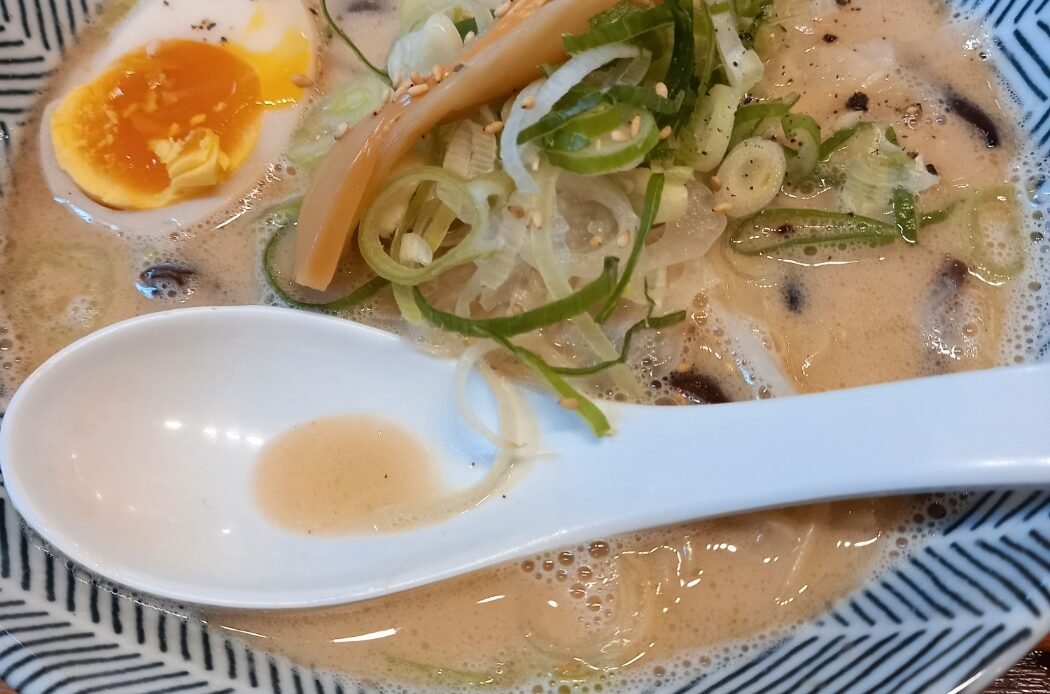When it comes to Korean cuisine, ramyeon (instant noodles) is an essential dish. Whether it’s part of a daily meal or a rare indulgence, most Koreans eat ramyeon at least once a week. It has also gained immense popularity worldwide.
As for the debate over whether ramen originated in Japan or elsewhere, I don’t claim to know the definitive answer. However, I believe Korea, Japan, and China have mutually influenced one another, and there’s no need to argue over the origins of these foods. Ramen is Japanese cuisine, and ramyeon is Korean cuisine.
It’s true that Korean ramyeon has been heavily influenced by Japanese ramen, but the two are distinct. While both are noodle dishes served in soup, they are fundamentally different.

Japanese Ramen
Japanese ramen typically features freshly made noodles served in a broth made from pork or beef bones. Unlike ramyeon, ramen is not usually an instant food but a cooked dish prepared to order. Popular varieties include tonkotsu ramen, known for its rich, creamy pork-based broth; shoyu ramen, flavored with soy sauce; and miso ramen, which uses miso paste to create a deep, savory flavor.

Korean Ramyeon
Korean ramyeon generally refers to instant noodles. While it’s possible to find ramyeon in restaurants, these are often just instant noodles cooked and served. Restaurants offering freshly made noodles with homemade broth are rare. Personally, I sometimes enjoy ramyeon at home. I either stick to the original flavor straight from the packet or add other ingredients to enhance the dish.

Tomato Ramyeon
Tomato ramyeon is simple to make yet delivers a rich, flavorful experience. The addition of tomatoes balances the spiciness and saltiness of the noodles while adding depth to the taste. By adding just a few cherry tomatoes—sliced and stirred into the broth—you can create a version of ramyeon that even first-timers will love. Since tomatoes are an easily accessible ingredient, I highly recommend trying tomato ramyeon if you’re looking for a new way to enjoy ramyeon on the weekend!


